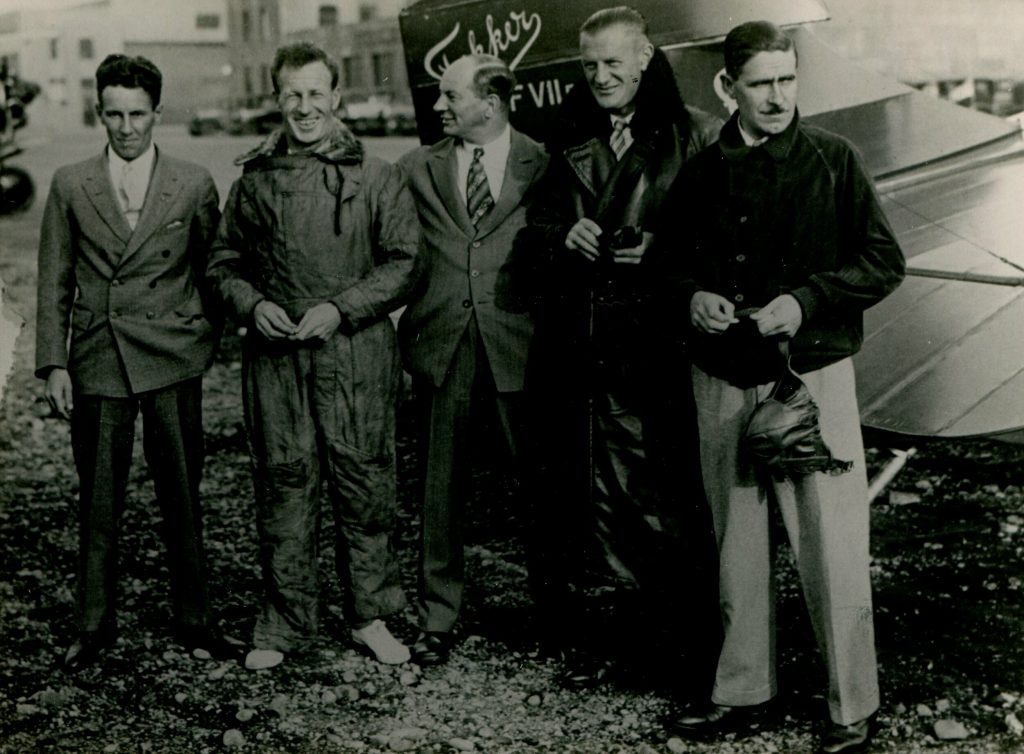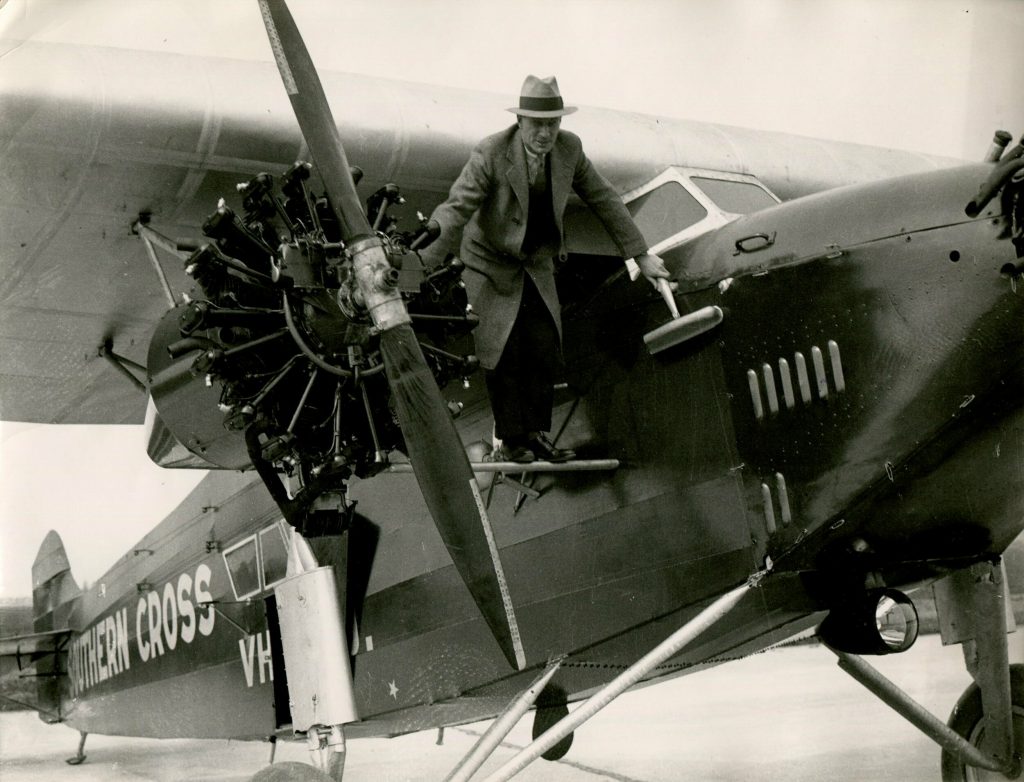After the successful trans-Pacific flight of the Southern Cross in 1928, Kingsford Smith and his team continued to break new ground in aviation. In 1930, Kingsford Smith and his crew, which included co-pilot Evert van Dijk, completed the first non-stop flight between Australia and England in a Fokker F.VIIb/3m aircraft called the Southern Cross. The flight took just over 12 days and covered a distance of over 17,000 kilometers.
Evert van Dijk Kingsford Smith co pilot on the epic flight from Australia to England in 1930
Evert van Dijk was a Dutch aviator who made significant contributions to the development of aviation in the early 20th century. Born on May 6, 1893, in Delft, Netherlands, Van Dijk initially worked as an engineer before joining the Royal Netherlands Army as a pilot during World War I.
In addition to his role as co-pilot on the 1930 flight from Australia to England with Kingsford Smith, Van Dijk also participated in other historic flights. In 1929, he piloted a Fokker aircraft on a record-breaking flight from Amsterdam to Batavia (now Jakarta) in the Dutch East Indies, covering a distance of 16,000 kilometers in just under 15 days. For this he was knighted in the Order of Oranje Nassau.
He was also one of the pilots involved in the evacuation of Dutch people when the Japanese invaded the Dutch East Indies. Between 19 and 25 February 1942, Van Dijk flew the Bandung – Broome (Australia) route every night, a total flight time of 61 hours and 22 minutes in 5 days. On the night of 24-25 February he left the Netherlands East Indies for the last time.
After the war he again made history with a special flight, including the first post-war KLM scheduled flight to New York on 21 May 1946 with the DC-4 PH-TAR “Rotterdam”.
Van Dijk’s contributions to aviation and his role in historic flights like the one with Kingsford Smith helped pave the way for the development of modern air travel and established him as a pioneer in the field of aviation. He died on July 6, 1986.

The Southern Cross was a plane build by the Dutch company Fokker
The Fokker F.VIIb/3m was a highly successful and versatile aircraft produced by the Dutch aircraft manufacturer Fokker in the 1920s and 1930s. The aircraft was a three-engine, high-wing monoplane that could carry up to 12 passengers or 1500 kg of cargo.
The F.VIIb/3m was known for its ruggedness, reliability, and versatility, and it was widely used by airlines, military forces, and private operators around the world. It was used for a wide range of purposes, including passenger transport, mail delivery, cargo transport, and reconnaissance.
The F.VIIb/3m played a significant role in several historic flights, including the trans-Pacific flight of the Southern Cross in 1928 and the first non-stop flight from Australia to England in 1930. The aircraft was favored by many pioneering aviators, including Amelia Earhart, who used a modified F.VIIb/3m called the “Friendship” for her solo flight across the Atlantic in 1932.
The F.VIIb/3m remained in production until the outbreak of World War II, and many examples of the aircraft were pressed into military service during the war. The aircraft’s ruggedness and reliability made it a popular choice for military transport and reconnaissance duties, and it was used by a variety of air forces, including the Royal Netherlands Air Force, the British Royal Air Force, and the United States Army Air Forces.

See also:
First flight between Netherlands and Australia – May 1931
Photo collection Evert Herman van Hummel – Flight Engineer Royal Dutch Airforce – KLM


